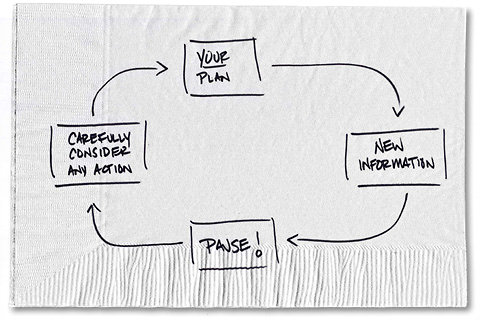The Lytro camera made a splash with its ability to refocus photos after they were taken. Now the company is adding a new trick — allowing the camera to shift your viewing angle slightly on your finished photo.
The new feature, called “Perspective Shift,” is a software upgrade that will be released to the public Dec. 4. It will be included with new cameras, and will be a free upgrade for older cameras.
Lytro is able to add Perspective Shift because it doesn’t work like a traditional camera. Instead of capturing light as data, the way digital cameras do, it captures data about the light. It reads the direction of the light, so it knows what light rays are traveling toward your subject and what light rays are bouncing off your subject for you to see.
Using that information, it constructs a image. But it can use that data to construct that image in many different ways, which is how it manages to change focus. It can use the data about the light to construct the photo as it would be if you were focused on the foreground, or to construct the same photo as if you were focused on the background.
This also gives it the new capability to shift perspective. From the data about the light, it can construct the photo as if you were standing a little bit to one side or the other.
When you use the software that lets you interact with your photos, you can roll your cursor around the picture and see the view shift as you do.
While it’s an interesting novelty, the immediate value isn’t apparent – the perspective shift is fairly subtle. But it may have much greater value down the road, because the shift is enough to build 3-D images from a single photo. It’s a capability that the Lytro says is on the way.
The company has also added “Living Filters,” which are photo effects like those you’re used to seeing on phone camera apps like Instagram. The difference here is you can move the filters around and apply them selectively.
You can see a demonstration of both Perspective Shift and Living Filters on the Lytro Web site gallery.
Article source: http://gadgetwise.blogs.nytimes.com/2012/11/15/the-lytro-camera-adds-a-new-perspective/?partner=rss&emc=rss

